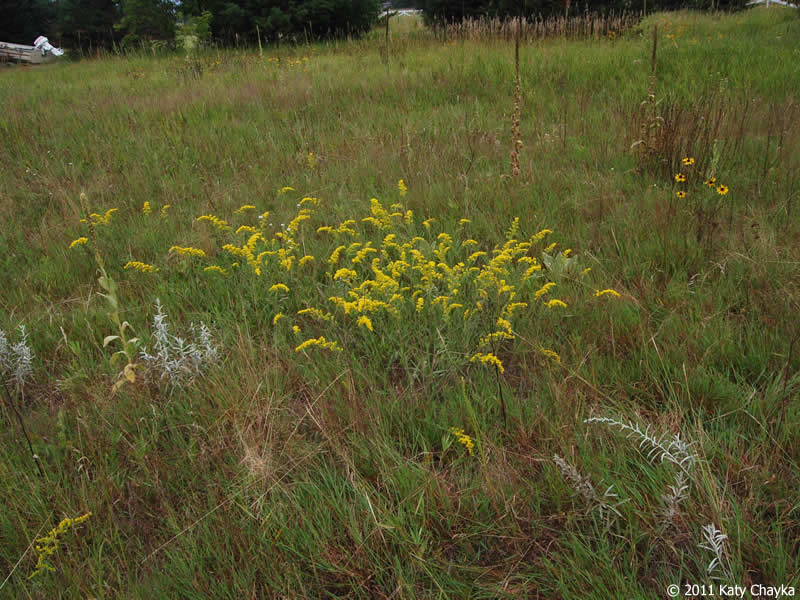

The story of mussel removal in Lake Michigan is also the story of the reef, where researchers have tested hypotheses related to algae, mussels and bottom-dwellers for more than a decade.

“I think we’re actually getting to a point where you can envision a future where the most important parts of Good Harbor Reef are restored to some semblance of natural habitat,” she said. “So we don’t need an infinite amount of invasive mussel removal effort either.” The places where native fish spawn aren’t infinite, said Brenda Moraska Lafrancois, aquatic ecologist with the National Park Service. At Sleeping Bear, that includes invasive species. They’d usually be diving to collect samples, said research fisheries biologist Peter Esselman, but as part of a project with the National Park Service, they were collecting 360-degree video footage to help people understand the underwater landscape - and its challenges. Geological Survey scientists dove down to get a good look at Good Harbor Reef, a mix of cobblestones and sandy stretches. All along the shore you could spot the broken halves of bleached mussel shells.Ī few miles out on the lake, framed by the towering dunes, U.S. On recent sunny days near Sleeping Bear Dunes National Lakeshore, a boy in a red jersey cast a fishing line from an old wooden dock a woman on the beach, legs crossed, read a newspaper under a blue-green striped umbrella from the top of a bluff, Lake Michigan’s surface flickered like the last moments of a firework. This National Oceanic and Atmospheric Administration map charts the spread of invasive mussels in Lake Michigan from the mid-1990s through 2015. Today, it’s still a challenge to get people to understand the widespread implications of the mussels, Bootsma said, because “most people don’t see what’s under the surface.” The nutrients - in the mussels’ control.īut, despite the improbability, if not impossibility, of large-scale mussel removal in Lake Michigan, Bootsma said it’s valid to ask: “Could we do it at scales large enough that there could be some positive impacts?” In the last 30 years, the bottom-dwelling czars have changed the look and chemistry of the lake: the water’s clearer, algae heartier, plankton scarcer.

“So it’s really important for us now to understand how we can prevent such dramatic changes happening in the future.”Īs zebra and quagga mussels engulfed Lake Michigan, their colonies transforming rocks into shelled clumps and the lake bed into serrated carpet, they gobbled up phytoplankton at the base of the food web. “What we’ve learned in the Great Lakes is that prevention is a lot cheaper than trying to implement cures,” Bootsma said. Years later, Bootsma is still studying how the mussels have transformed Lake Michigan, suiting up and diving down to an underwater laboratory.


 0 kommentar(er)
0 kommentar(er)
